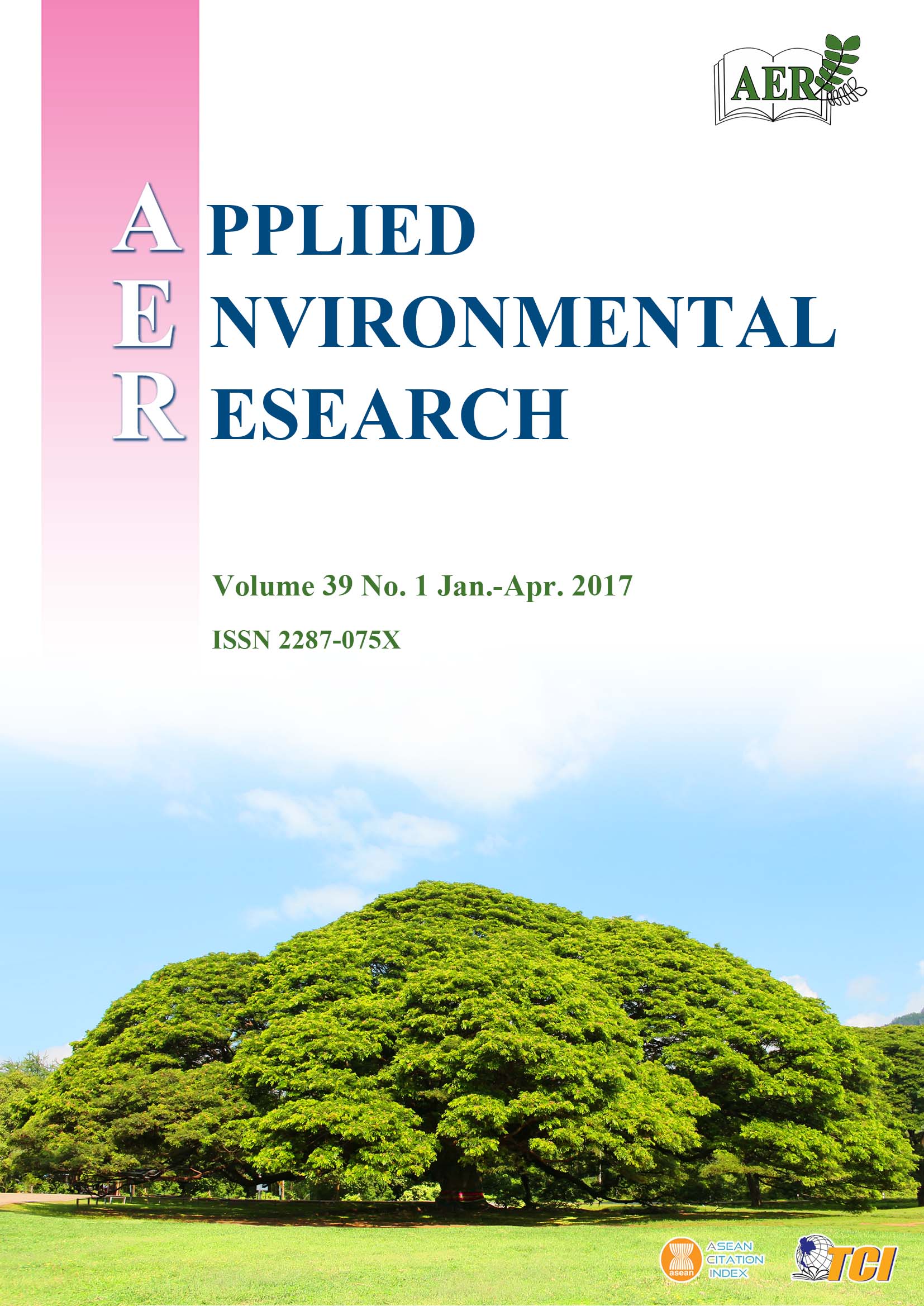Potential of Using Surfactants to Enhance Ammonium and Nitrate Adsorption on Rice Husk and Its Biochar
Main Article Content
Abstract
Inorganic nitrogen fertilizers are widely and heavily used in agriculture. Leaching of these fertilizers is a cause of eutrophication in water bodies. This study examines the use of rice husk and its biochar, their efficiency in adsorption of ammonium and nitrate and the potential of using surfactants, sodium dodecyl benzenesulfonate (SDBS) and cetyl trimethyl ammonium bromide (CTAB), to increase adsorption. Physical and chemical properties of adsorbents were examined through BET, SEM-EDX, and CEC value, respectively. The equilibrium batch adsorption was conducted. The result showed that rice husk was lower in surface area, total pore volume, pore diameter, silica and oxygen content, and CEC value as compared to biochar. Rice husk adsorbed nitrate well while rice husk biochar adsorbed ammonium ions better. The adsorption patterns of both ammonium and nitrate were well explained by Freundlich’s isotherm and are primarily attributed to chemical charge sorption. Both adsorbents could adsorb surfactants through Van der Waals forces between the long chain of surfactant and organic fraction on the surface of rice husks, exposing the charging head for ionic pollutant adsorption. Either SDBS or CTAB-modified rice husk and its biochar could enhance the adsorption of ammonium and nitrate.
Article Details

This work is licensed under a Creative Commons Attribution-NonCommercial 4.0 International License.
Published articles are under the copyright of the Applied Environmental Research effective when the article is accepted for publication thus granting Applied Environmental Research all rights for the work so that both parties may be protected from the consequences of unauthorized use. Partially or totally publication of an article elsewhere is possible only after the consent from the editors.

